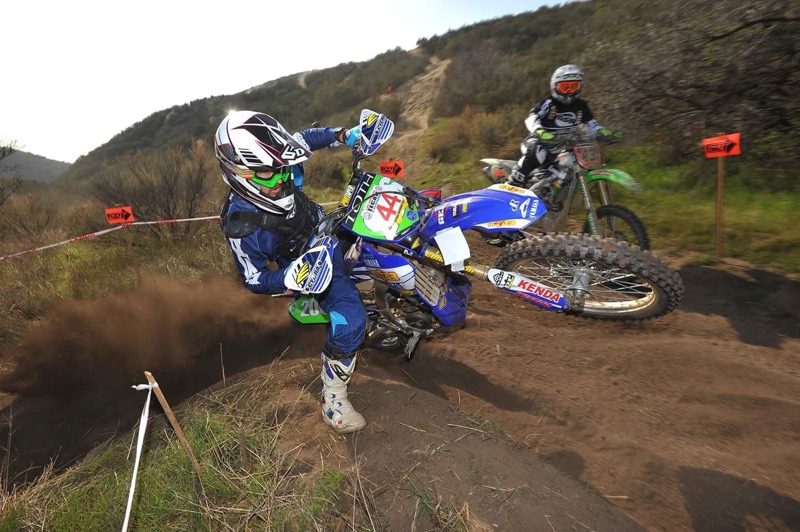You Need A Map To Get To Where You Want To Go
By Seiji Ishii
Where are you going? How will you get there? These are questions that you should answer before embarking on a training program. You can buy all the nutrition products you want, but if you don’t have a plan or use them properly how will it work? Goal setting and creating training objectives based on these goals will allow you to always move forward instead of wandering in a random training pattern. Every training session should have a congruent purpose designed to keep you progressing towards your season goals. Knowing what you are doing and why you are doing it will also keep you motivated in the long term; you will always see that the actions you are taking today will ultimately lead to your goals in the future.

The first step in the goal-setting procedure is to determine your “A” priority events. These events are the most important and your fitness will peak for these races, trips, etc. All other events during the season will occur with fitness either being on the rise towards the “A” events or the decline after them. A seasoned athlete can peak up to three times per season and thus can have three A-priority events. These events can be series championships or a big trip to Baja, not your usual weekend event.
The next phase in goal setting is to determine your season goals based on your A-priority events. This step is arguably the most important action in planning your season. It is critical at this point to understand the difference between a dream and a goal; a dream takes longer than a season to accomplish while a goal is attainable within a season.
Example: A local racer is winning their classes locally; a dream would be to become a factory rider but a goal would be to win a local winter race series. Goals need to be challenging but they also need to be reasonable. If you set goals that are too high then deep down inside you will know that you cannot reach this goal and your commitment will fade. Goals need to be measurable (number oriented), under your control (“I want to win this race,” not, “I want to win this race if Joe crashes”) and they must stretch you.
Examples of season goals based on A-priority events; each A-priority race should have a corresponding season goal.
1) Top 5 finish in x class at my state/region WORCS-style championship race.
2) Top 10 finish in my local winter series from x date to x date.
3) Top 15 finish in x class at the closest WORCS event.

Determining Training Objectives:
The final step in the goal-setting procedure is to create training objectives based on the season goals and your performance limiters. Limiters are specific riding techniques or parts of fitness/health are currently holding you back in the development of overall riding ability. A careful self-assessment from the prior season will determine these limiters. An example of a specific technique limiter would be “right-handed cornering technique.” An example of a fitness/health limiter would be “poor dietary habits.” Write down your limiters and write down your first season goal. Will any of your limiters prevent or impede you from reaching this season goal? The answer is probably yes so you will need to improve these limiters through specific training.
List these limiters underneath the first season goal and repeat this procedure for all your season goals. Now you will use each of these limiters to create a training objective. A training objective is a training goal that specifically addresses the limiter. When listing training objectives under each season goal, specify a way to measure improvement in each limiter and put a time limit on doing so. Here are examples:
Goal: A top 5 finish in x class at my state/region WORCS style championship race.
Personal limiters to this goal: aerobic conditioning, cornering technique, dietary habits.
Training objectives:
1) Improve aerobic conditioning: complete a 25-mile road bicycle ride in 1 hour and 20 minutes by June 30th, 2019.
2) Improve cornering technique: complete one lap on my corner track in 35 seconds by July 15th, 2019.
3) Dietary habits: track diet and change to 40% carbohydrate, 30 % protein, 30% fat intake ratios by August 15th, 2019.

When you have completed this procedure for each goal, you will have between one and three training objectives for each season goal and between 3 to 9 training objectives for the entire season. These training objectives become the focal point of your training activities. They can also be adjusted through the season as you improve upon the limiters and you can eliminate them through directed and purposeful training! Sitting down with the event calendar, going through the goal setting procedure and creating your training objectives may seem a far cry from carving through the trees, but it is no less important in the quest to improve your riding performance. This procedure is pivotal to ensure that training has direction and your efforts and dedication are always moving you steadily towards your goals.
